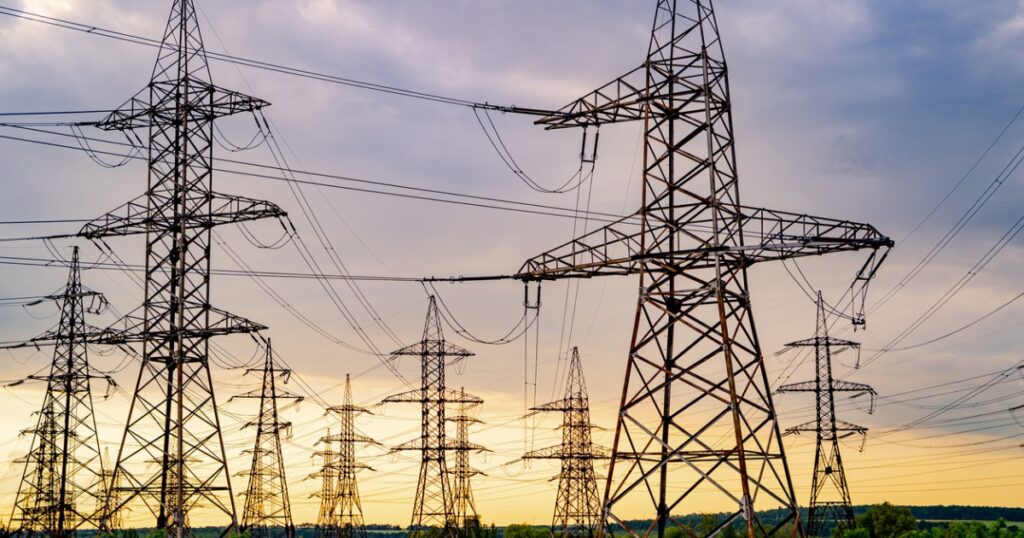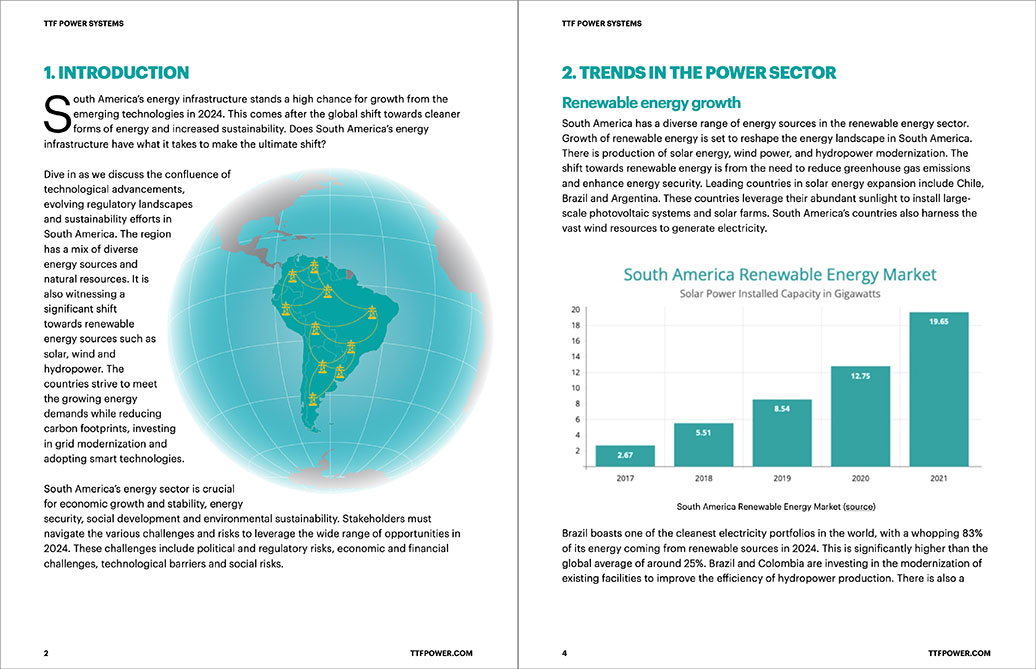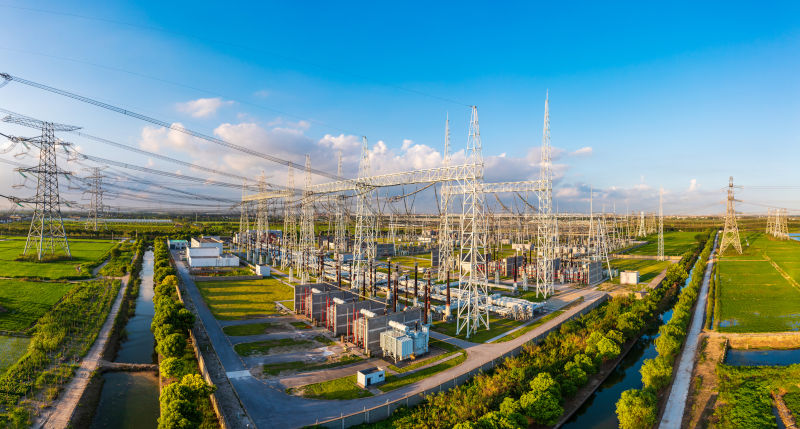
South America’s grid infrastructure is a system that reflects the diverse economic, geographic and political landscapes of the continent. The natural resources in hydropower, solar and wind sustain the electric grid in the region. The continent has vast and varied geography from the Amazon rainforest to the Andes mountains. They present unique challenges for grid development and maintenance. South American countries continue to invest in grid infrastructure to support its growing renewable energy capacity. For instance, Brazil has made efforts in grid expansion and modernization due to its large and diverse energy mix. Chile has made some investments to integrate its renewable energy resources. Meanwhile, Colombia is expanding its grid network to connect remote areas and improve reliability.
Challenges and opportunities in South America
South America has to address the challenges of energy access to rural areas and areas with low energy production. Rural electrification remains a challenge in many parts of South America. The region could create microgrids and off-grid solutions to address this challenge. Most of South America’s grid infrastructure is dependent on hydropower production. This could lead to droughts that affect water availability and energy generation. However, there is a growing recognition of the need for much investment in grid modernization to improve efficiency. There are key projects and initiatives in Brazil’s grid expansion and modernization. Chile’s robust push towards solar and wind energy also led to investments for grid modernization. There is also grid interconnection between Brazil and Argentina. This is to enhance energy security and enables the efficient exchange of electricity.
Smart wires for South America’s grid infrastructure
Smart Wires refer to advanced technologies and systems designed to optimize the operation of electrical grids. They are devices that control the power flow within electrical transmission lines. The adoption of smart wires technology in South America seeks to modernize its aging grid systems, integrate renewable energy and improve grid reliability. Smart wire technology allows operators to manage power flow through use of modular power flow control devices. For instance, Brazil is in the lead in adopting smart wires technology. They have used smart wires to improve the efficiency of its transmission network. In Argentina, smart wires help to address congestion issues in the transmission network. Use of smart wires offer a flexible, scalable and cost effective solution to the challenges of renewable integration. The following are the key features of smart wires used for grid infrastructure.

- Power flow control – smart wires devices can direct electricity through specific pathways. This helps to optimize the use of existing transmission line. This helps prevent overloads on certain parts of the grid while underutilized lines can carry more load.
- Grid flexibility – smart wires technology enhances grid flexibility which is crucial for integrating variable renewable energy sources.
- Scalability and modularity – these devices are modular which can be easily added or removed based on changing needs. This makes them the best solution for grid expansion and modernization.
- Real time monitoring and response – smart wires have sensors and communication systems that provide real-time data on grid conditions. This allows operators to respond to changes in demand or supply to improve grid reliability.
Advanced power flow controls for the transmission grids
Advanced power flow controls refer to a suite of technologies and systems designed to manage and optimize the flow of electricity. The controls can adjust power flows in real-time, respond to changes in demand and supply and balancing the grid. The key components include flexible AC transmission systems (FACTS), dynamic line rating(DLR), modular power flow controllers, and phase-shifting transformers(PSTs). Brazil’s use technologies like FACTS and Smart Wires to balance the production of hydropower and wind and solar energy. Additionally, Chile uses APFC technologies like Dynamic Line Rating and Smart Wires. These help manage variability of solar power in the Atacama Desert. These technologies also help in managing grid congestions and preventing overloading of transmission lines. The grid interconnection between Colombia and neighboring countries uses APFC technologies. They help to manage cross-border electricity flows. These technologies offer benefits such as:

- Enhanced grid flexibility – APFC technologies provide operators with the tools to respond to changes in demand and supply.
- Better renewable integration – the technologies also manage the variability of renewable energy sources like wind and solar.
- Cost-effective upgrades – APFCs allow for more efficient use of existing transmission infrastructure. This helps reduce the need for costly new transmission lines.
- Improved reliability – APFCs contribute to a more reliable grid by preventing overloads, managing voltage levels and reducing the risk of blackouts.